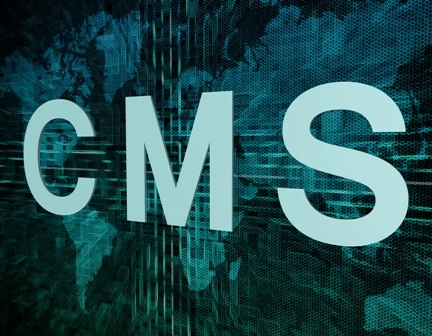Anesthesia Coding Alert
Diagnosis Coding:
Consider These Points When Choosing Cervical Disc Disorder Diagnoses
Published on Thu Nov 11, 2021

You’ve reached your limit of free articles. Already a subscriber? Log in.
Not a subscriber? Subscribe today to continue reading this article. Plus, you’ll get:
- Simple explanations of current healthcare regulations and payer programs
- Real-world reporting scenarios solved by our expert coders
- Industry news, such as MAC and RAC activities, the OIG Work Plan, and CERT reports
- Instant access to every article ever published in Revenue Cycle Insider
- 6 annual AAPC-approved CEUs
- The latest updates for CPT®, ICD-10-CM, HCPCS Level II, NCCI edits, modifiers, compliance, technology, practice management, and more
Related Articles
Other Articles in this issue of
Anesthesia Coding Alert
- Coding Basics:
Unusual Circumstances? Remember These 4 Steps Before Appending Modifier 23.
Let patient-specific details guide your choice. Modifier 23, unusual anesthesia, monitored anesthesia care, special circumstances, [...] - Diagnosis Coding:
Consider These Points When Choosing Cervical Disc Disorder Diagnoses
Check whether a single diagnosis code will suffice. When you’re trying to pinpoint the most [...] - Reimbursement:
Follow These 5 Steps to Improve Your Appeals Success
Tip: Know your “why” to better explain it to the insurer. Having the ability to [...] - You Be the Coder:
Lean Toward This Code for Post-op Bier Bock
Question: What is the appropriate CPT® code for a postoperative Bier block for pain management? [...] - Reader Questions:
Consider These Points Before Appealing a Denial
Question: Our physician was providing anesthesia during a screening colonoscopy when the gastroenterologist perforated the [...] - Reader Questions:
Code 99313 Is Often the Best Option for TEE
Question: One of our CRNAs wants to bill 93318 for a TEE (transesophageal echocardiography) procedure; [...] - Reader Questions:
Remember This Detail About MAC
Question: The case I’m billing for was scheduled as MAC (monitored anesthesia care). The anesthesiologist [...] - Reader Questions:
Here’s Your Explanation of Anesthesia Time
Question: I’m new to anesthesia coding. Can you explain what’s meant by “anesthesia time”? Wisconsin [...] - Reader Questions:
Classify “Retinal Migraine” as “Migraine with Aura”
Question: Our pain management provider diagnosed a patient with “retinal migraine.” I’ve never come across [...]
View All




